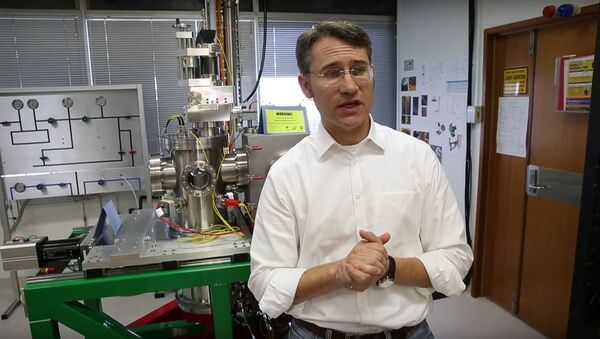University of Newcastle School of Mathematics and Physical Sciences Professor Paul Dastoor has been working on the scanning helium microscope (SHeM) for 20 years. He led the team of researchers from the University of Newcastle, and collaborated with scientists from England's University of Cambridge to create the breakthrough device.
Traditional microscopes use light, but the interaction of the light photons with the object can damage it. According to the researchers, the SHeM uses neutral helium atoms so that the samples can be analyzed in their true state for the first time ever. The scientists will be able to examine human, animal and plant samples, as well as computer chips and pharmaceutical drugs, without altering them.
He said the possibilities were endless in the areas of biological sciences, pharmaceuticals, and delicate materials. The SHeM could be also useful in major industries such as solar energy, defense, explosives and information technology.
"We wouldn't know anything about bacteria without the development of the optical microscope. We wouldn't know anything about nanotechnology, without the development of the electron microscope. What exactly will the new helium microscope tell us? We don't know yet. What will it open the doors to? We don't know yet, but it will open doors," Dastoor added.



